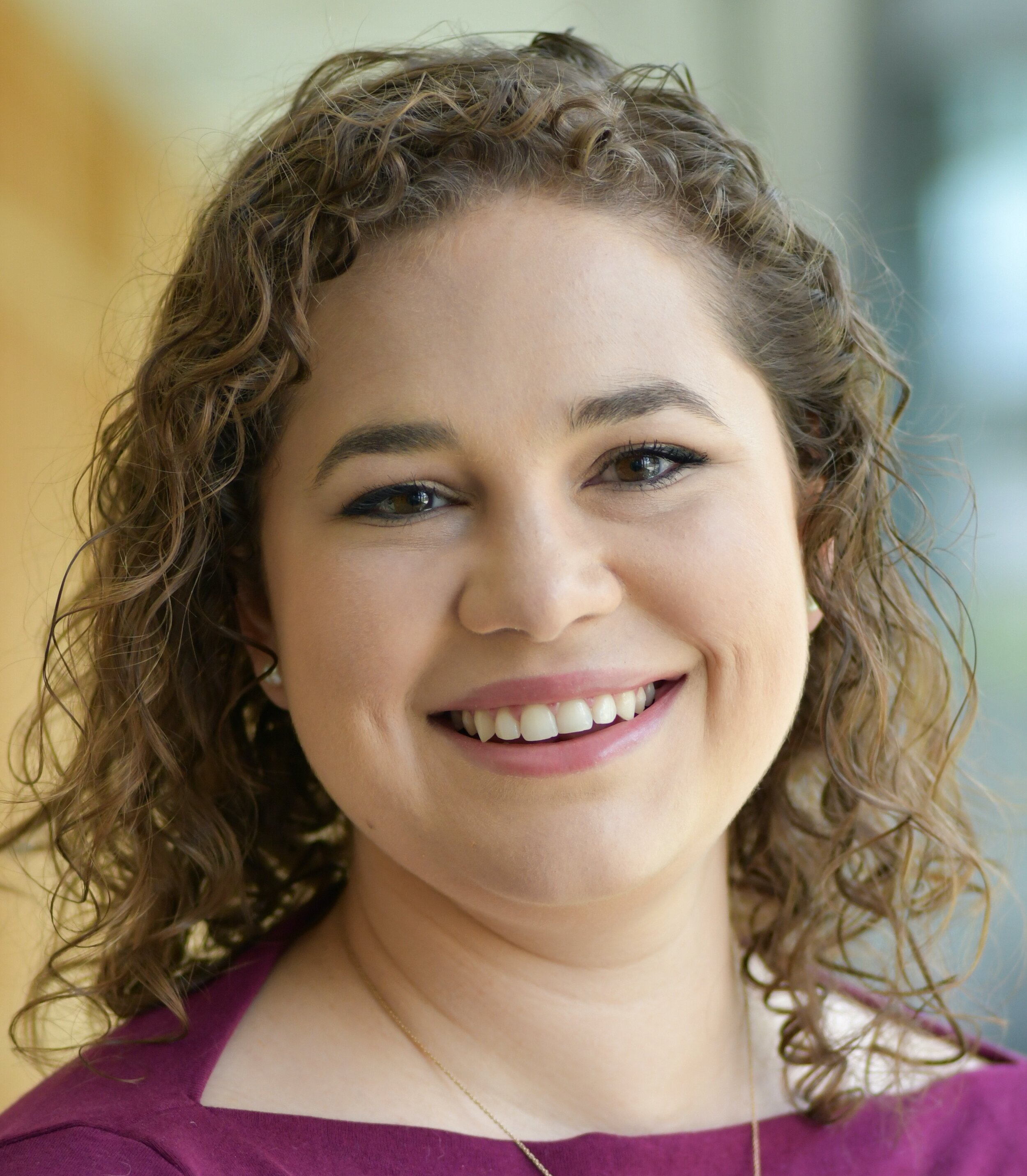Megan Beers Wood, Ph.D.
Meet the Researcher
Wood received her doctorate in immunology and molecular pathogenesis at Emory University in Atlanta. She is now a postdoctoral research fellow at Johns Hopkins University School of Medicine in the department of otolaryngology. Wood’s 2022 Emerging Research Grant is generously funded by Hyperacusis Research, which was renewed for a second year in 2023.
I was intrigued to find that neurons in the cochlea expressed genes similar to pain-sensing neurons. Since my background is in immunology, I’m interested in whether the alpha-calcitonin gene-related peptide (CGRPa) in those neurons interacts with immune cells after noise exposure, like in other organs. I looked for CGRPa protein in type II peripheral endings after exposure and saw promising results. My current project allows me to learn more about this exciting observation, which may help with hyperacusis—an elevated sensitivity to everyday sounds.
I was interested in science from a very young age and wanted to be a doctor. My first “research” project was in 5th grade when I looked into how Super Glue could be used instead of stitches for some wounds. I am also lucky to come from a family with several scientists. On one side was my grandfather, who was a forester with a Ph.D. in plant biology, and on the other side I have two cousins who are scientists—one a chemist working for the Smithsonian Institution and the other a scientist working in biotech. So I would say we are all a curious bunch, and that was encouraged at home by nature walks with my parents and science kits to play with.
As a toddler I was diagnosed with juvenile idiopathic arthritis. My experiences in teaching hospitals were very inspiring. One of my pediatric rheumatologists even oversaw my independent research study in high school, which was my first real introduction to scientific literature.
My goal as a researcher has been to explain rare phenomena. I recently gave a talk for Hyperacusis Research. It was very rewarding, as I was able to interact with people experiencing the condition. It really helped me understand the mechanisms underlying hyperacusis.
I grew up around music, so the experiential side of hearing has always been important to me. My grandmother wore hearing aids. I saw firsthand how uncomfortable they are and how isolated she became when the batteries got low.
Over the summer I worked in a community garden. We grew 70 pounds of cucumbers and 15 varieties of tomatoes! I like to think I’m following in my grandfather’s footsteps as he grew abundant vegetables.I also enjoy embroidery. I find free-handing shapes lets me slow down. It keeps my hands busy while I think over complex problems.
Megan Beers Wood, Ph.D., is generously funded by Hyperacusis Research. We thank them for their support of studies that will increase our understanding of themechanisms, causes, diagnosis, and treatments of hyperacusis and severe forms of loudness intolerance.
Click to download a PDF of Dr. Wood’s Meet the Researcher profile.
The Research
Johns Hopkins University School of Medicine
Type II auditory nerve fibers as instigators of the cochlear immune response after acoustic trauma
A subset of patients with hyperacusis experience pain in the presence of typically tolerated sound. Little is known about the origin of this pain. One hypothesis is that the type II auditory nerve fibers (type II neurons) of the inner ear may act as pain receptors after exposure to damaging levels of noise (acoustic damage). Our lab has shown that type II neurons share key characteristics with pain neurons: They respond to tissue damage; they are hyperactive after acoustic damage; and they express genes similar to pain neurons, such as the gene for CGRP-alpha. However, type II neurons are not the only cell type that responds to acoustic damage. The immune system responds quickly after damaging noise exposure. In other systems of the body such as the skin, CGRP-alpha can affect immune cell function. This project looks at the expression of CGRP-alpha in type II neurons after noise exposure. CGRP-alpha will be blocked during noise exposure to see if this affects the immune response to tissue damage.
Long-term goal: To understand the role of CGRP-alpha in the neurons and immune response of the inner ear, which may illustrate a role for type II neurons in pain and inflammation following tissue damage. CGRP-alpha has been a target for therapeutics for painful conditions such as migraine, making it an attractive therapeutic target for pathologies of the inner ear.



